Mangold Systems for Classroom Observation in Teaching and Learning Research
Contents
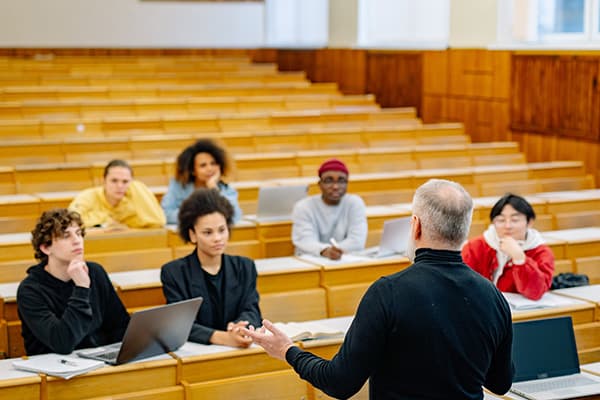

Teaching and learning research are areas of education science and deal with the content and analysis of teaching and learning processes in the classroom and derives optimizations for both areas.
For this purpose, findings and methods of educational research, didactics, pedagogy and educational psychology are used and the interaction between students and teachers is examined (but also situation analysis, e.g. in case of classroom disturbances, etc.). The resulting findings, theories and methods must in turn be verified by empirical studies.
If learning is viewed as the building of skills and knowledge in a holistic sense, then teaching can usefully be understood as an equally holistic process. Accordingly, the interaction between teachers and learners in the classroom is a complex construct that cannot be studied with empirical educational research alone.
Teaching and learning research combines theories from different disciplines to provide a broader perspective on this multifaceted topic.
Taking it a step further, the research has to be extended to different institutions, learning environments or educational systems, which adds further dimensions to the research field.
In addition to all these dimensions, collecting reliable data is a key challenge in teaching learning research.
However, particular difficulties arise when classroom activities are to be observed directly, live.
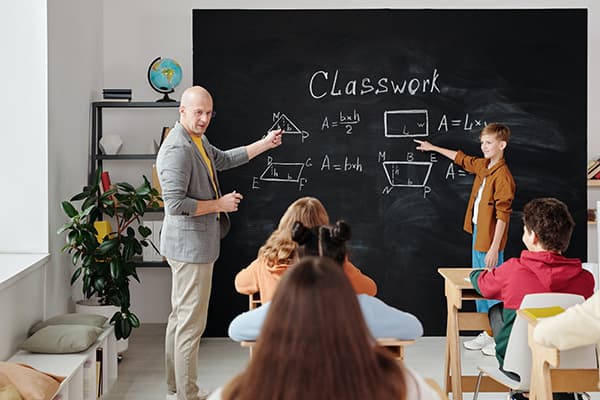
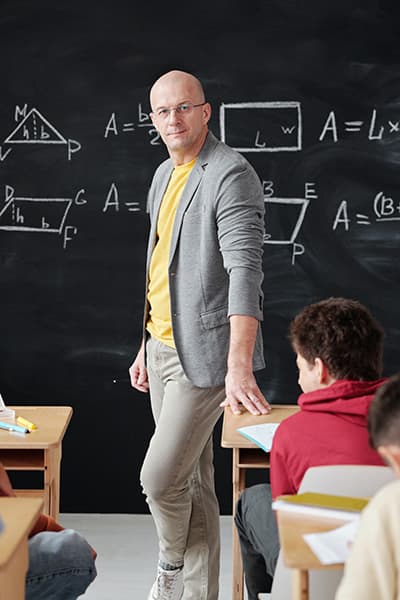
For observation in classroom research, videography of classroom events and the subsequent analysis of these recordings offer significant advantages over live observation.
Unfortunately, outdated theories, methods, and techniques are repeatedly applied based on older studies of classroom research. As a result, new studies based on them become real time-consumers and the results are limited to what was already expected.
However, those who skilfully apply modern technology and methods will quickly arrive at comprehensive results that go far beyond what can be observed.
The following is a highly condensed discussion of the challenges and opportunities of modern videography in teaching and learning research.
With this information, it should be possible to gain ideas for your own projects in classroom research.
Advantages of video-based observation over live observation
What can audio and video technology contribute to classroom research?
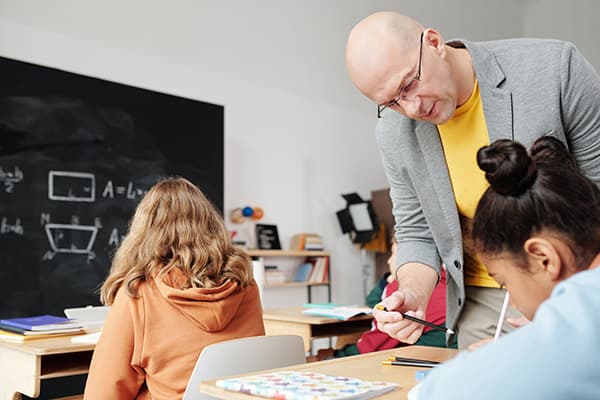
The term videography or better "audiovisual recording" is often understood as being able to "record what one sees" for later playback.
However, it is a widespread misconception that a video can reproduce what one perceives in a situation.
This is because there are major differences between human perception and the digital recording of optical and acoustic signals.
On the one hand, such audio-video recordings in classroom research contain information that one has not perceived or that is perceived differently by other people.
On the other hand, by concentrating on certain content, moving the head, or completely repositioning oneself in space, human perception can capture things that remain hidden from the audiovisual recording.
If this fact is not taken into account, it is likely that exactly what one is interested in will not be seen or heard later in the video.
The situation is further complicated by the fact that the possible forms of teaching design can be just as diverse as there are possibilities for their audiovisual recording.
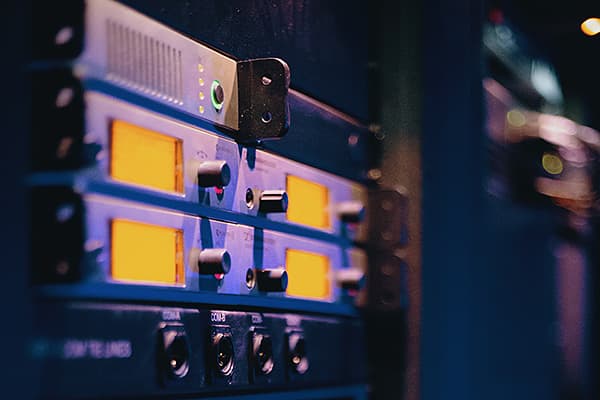
It is highly advisable to seek advice at an early stage before procuring technology and software from a company that deals professionally with the topic of "scientific observation / research".
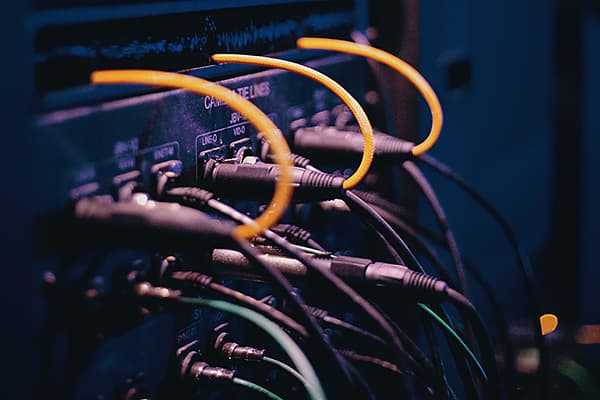
For these reasons, professional advice is strongly recommended before purchasing any audio/video equipment.
Audio/Video Observation Labs from Mangold
Mangold International - The specialists in creating custom audio/video observation labs.
Take advantage of our decades of experience in successful laboratory installations worldwide.
The purpose of a video recording is ultimately to gain insights that cannot be obtained by other methods.
In this respect, videos are only "data" that need to be analyzed. This requires a qualitative content coding, which helps to answer the research question of the study. Already here it is decided whether the evaluation process in classroom research becomes a marathon or can be carried out efficiently.
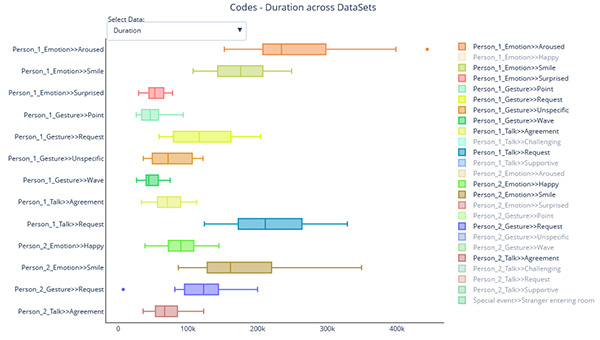
INTERACT Software Box Plot
A very common mistake is to think from the point of view of existing tools ("We have ..., therefore we do...").
For example: "In SPSS we want to..., therefore the data must be collected so-and-so". This leads to considerable restrictions and a massive reduction of the possible result space.
It is therefore recommended to generate the content-related evaluation exclusively via the question and not via thinking "The data must be available later so-and-so".
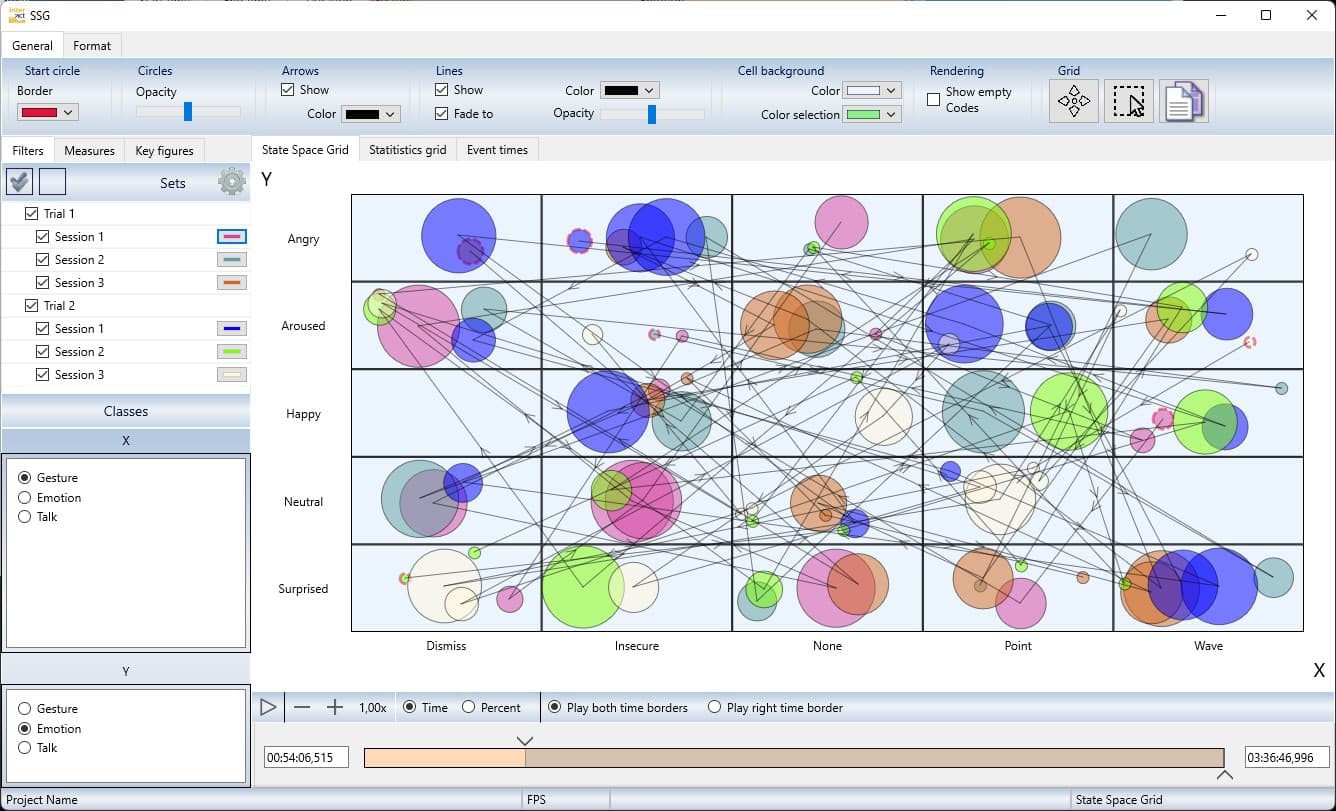
INTERACT Software State Space Grid
In classroom research or teaching and learning research, it is advisable to develop an "atomic" coding system for the content that describes individual (atomic) aspects of the observed individuals rather than composite behaviors:
Instead of "teacher asks an emotionally motivated question," it is useful to code individual units of information: [Who] "teacher", [Verbal] "asks", [Type] "emotionally motivated".
If the information has been coded individually in terms of content, it can later be correlated very easily in different constellations and analyzed accordingly.
Then the true benefit of video studies in classroom research or teaching and learning research becomes apparent.
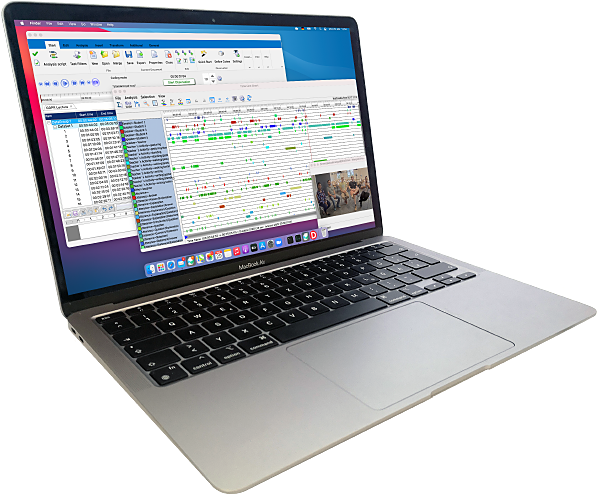
Software Mangold INTERACT on Mac
Everything that cannot be observed or can only be observed with great difficulty by a human observer can be calculate by using the right tool

Prof. Dr. Manfred Holodynski
Münster, Germany
The Institute of Educational Psychology uses video analysis in teacher education very intense.
For example, students analyze recorded lesson samples regarding the various facets of classroom management as a significant dimension of a successful teaching. The analysis is performed with the Mangold INTERACT software.
Furthermore, the University of Münster has developed a comprehensive online platform that offers lesson videos for future teachers: “Video based lesson analysis: Early Science (ViU). The aim of this project is to train future teachers in their teaching performance and their pedagogical skills.

Torgeir Christiansen
Oslo, Norwegen
The „Department of Teacher Education and School Research“ is Norway’s leading academic milieu in the fields of teacher education, subject didactics, educational leadership and school relevant educational research. The research focuses mainly on interdisciplinary educational research and on pedagogical and methodological research.
The development of an innovative research method, based on video analysis in an observational lab of Mangold International, cements the excellent reputation of this institute. The research results provide important approaches to teacher training, also in an international context such as the participation in international studies (e.g. PISA).

Prof. Amy Lederberg
Georgia, USA
The primary goal of the Center on Literacy and Deafness (CLAD) is to address the question” “What is the best way to teach deaf and hard of hearing children to read?” Currently, the center is using computerbased video analysis and the software Mangold INTERACT to describe deaf and hard-of-hearing children’s language arts instruction in 29 schools across the United States. By quantifying classroom instruction, the center will be able to relate the characteristics of the children’s classroom instruction to the amount they learn in a school year.
The goal is to identify what instructional strategies appear to work with what children.

Whether it is teaching or learning research we certainly can create a professional observation lab solution that meets your individual needs.
Just describe your project and we will propose you the ideal package.
